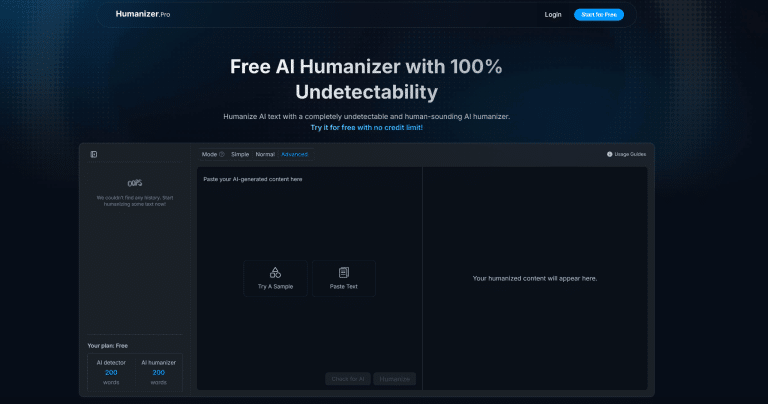Enhancing Your Security Posture with the NIST Cybersecurity Framework
In today’s increasingly digital world, businesses face a growing array of security threats that could compromise sensitive data, disrupt operations, and damage reputations.
Protecting against these risks requires proactive and well-planned measures.
A comprehensive security framework helps minimize vulnerabilities and enhances overall security.
Organizations need structured strategies to safeguard their systems effectively.
One of the most effective solutions available is the NIST Cybersecurity Framework, a widely recognized standard that offers a systematic approach to managing and mitigating risks.
Understanding what is NIST is essential for organizations looking to adopt this framework.
By following its guidelines, businesses can improve their ability to handle threats and protect sensitive information.
This article explores the critical elements of the framework and offers insights into how it strengthens an organization’s security posture.
What is the NIST Framework?
It is a set of guidelines and best practices created to help organizations manage and reduce security risks.
Initially developed for critical infrastructure sectors, it is widely adopted across various industries.
The framework is flexible and scalable, meaning businesses of all sizes can use it to increase their security measures.
It is divided into three main parts: the Core, Implementation Tiers, and Profiles.
These components work together to provide organizations with a roadmap for managing security risks, aligning with business goals, and continuously improving their defenses.
Understanding the Framework Core
At the heart of the NIST Framework is the Core, divided into five primary functions: Identify, Protect, Detect, Respond, and Recover.
These functions represent the essential activities needed to build a strong security foundation and manage risks effectively.
Identify
The first function, Identity, focuses on understanding the organization’s security landscape.
This involves assessing assets, data, and resources that need protection and identifying potential risks and vulnerabilities.
This foundational step enables organizations to comprehensively understand their security environment and prioritize actions based on risk levels.
Key activities in the Identify function include:
- Conducting risk assessments
- Identifying critical assets and data
- Understanding external and internal security threats
- Establishing roles and responsibilities for managing security
Protect
The Protect function outlines measures that safeguard systems, data, and assets from attacks.
This involves implementing controls such as firewalls, encryption, and multi-factor authentication to lessen the likelihood of a breach.
Some key protective measures include:
- Access control management
- Encryption and secure data storage
- Employee training and awareness programs
- Regular software updates and patch management
Detect
The Detect function monitors systems to identify potential threats or unusual activities.
Detecting a threat early can minimize damage and allow for a quicker response.
Effective detection relies on continuous monitoring and automated tools that flag suspicious activity.
Key actions in this function include:
- Implementing real-time monitoring tools
- Setting up alerts for unusual activities
- Conducting regular audits and vulnerability scans
Respond
Once a threat is detected, the Response function is activated.
This involves coordinating actions to contain the breach, mitigate its impact, and prevent further damage.
A well-defined incident response plan is important to minimize the effects of a security event.
The Respond function includes activities such as:
- Developing an incident response plan
- Containing and mitigating security breaches
- Communicating with stakeholders
- Analyzing the root cause of the breach
Recover
The final function, Recover, ensures that organizations can return to normal operations after a security incident.
This function focuses on restoring lost capabilities or data while identifying lessons learned to improve future security efforts.
Key recovery activities include:
- Data recovery and backup procedures
- System restoration and verification
- Updating security measures to prevent future incidents
- Reviewing and refining the incident response process
Implementation Tiers: Tailoring Security to Business Needs
The NIST framework introduces Implementation Tiers, allowing organizations to assess the maturity of their safety practices.
These tiers range from Tier 1 (Partial) to Tier 4 (Adaptive) and are designed to align security efforts with organizational goals, resources, and risk tolerance.
- Tier 1 (Partial): Organizations at this level may have inconsistent or reactive security measures with limited awareness of risks.
- Tier 2 (Risk-Informed): Security activities are better coordinated, and there is some awareness of risks, but implementation may not be comprehensive.
- Tier 3 (Repeatable): Security practices are well-established, consistently executed, and integrated with broader business objectives.
- Tier 4 (Adaptive): Organizations at this tier are proactive, continuously adapting and improving their security measures in response to evolving threats.
By identifying their current tier, organizations can better understand their security posture and determine areas for improvement.
Creating a Profile: Customizing the Framework for Your Organization
A Profile is a customized alignment of the framework’s functions, categories, and subcategories with the organization’s risk management priorities and business goals.
Creating a Profile involves identifying which framework parts are most relevant to the organization and mapping them to specific security requirements.
This customized approach ensures that security efforts are practical and aligned with the organization’s unique risk profile.
Profiles also help organizations benchmark their current security state against their desired state, providing a clear path for improving security over time.
The Benefits of Implementing the NIST Framework
Implementing the NIST framework offers numerous benefits to organizations, regardless of size or industry. Some key advantages include:
- Improved Risk Management: The framework helps organizations identify and address security risks systematically, reducing the likelihood of costly incidents.
- Enhanced Compliance: Many regulations and industry standards align with the NIST framework, making it easier for organizations to achieve and maintain compliance.
- Increased Resilience: By following the framework’s guidelines, organizations can build more robust defenses, respond effectively to threats, and recover quickly from incidents.
- Continuous Improvement: The NIST framework promotes a culture of continuous improvement, encouraging organizations to regularly review and increase their security measures in response to emerging threats.
How to Get Started with the NIST Framework
The process begins with understanding the security environment for organizations looking to implement the NIST Cybersecurity Framework.
This involves assessing risk, identifying critical assets, and determining the organization’s risk tolerance.
Finally, organizations should regularly review their security posture, adjust their Implementation Tier, and update their Profile as needed.
This continuous review ensures the framework adapts to new threats and changing business requirements.
Ensuring the framework adapts to new threats and changing business requirements is critical to maintaining robust security.
Enhancing your organization’s security posture requires a proactive, structured approach to managing risks.
Understanding what is NIST helps businesses implement this comprehensive and flexible solution effectively.
Whether your organization is just beginning its security journey or looking to enhance its existing practices, the NIST framework is valuable for achieving long-term security success.








